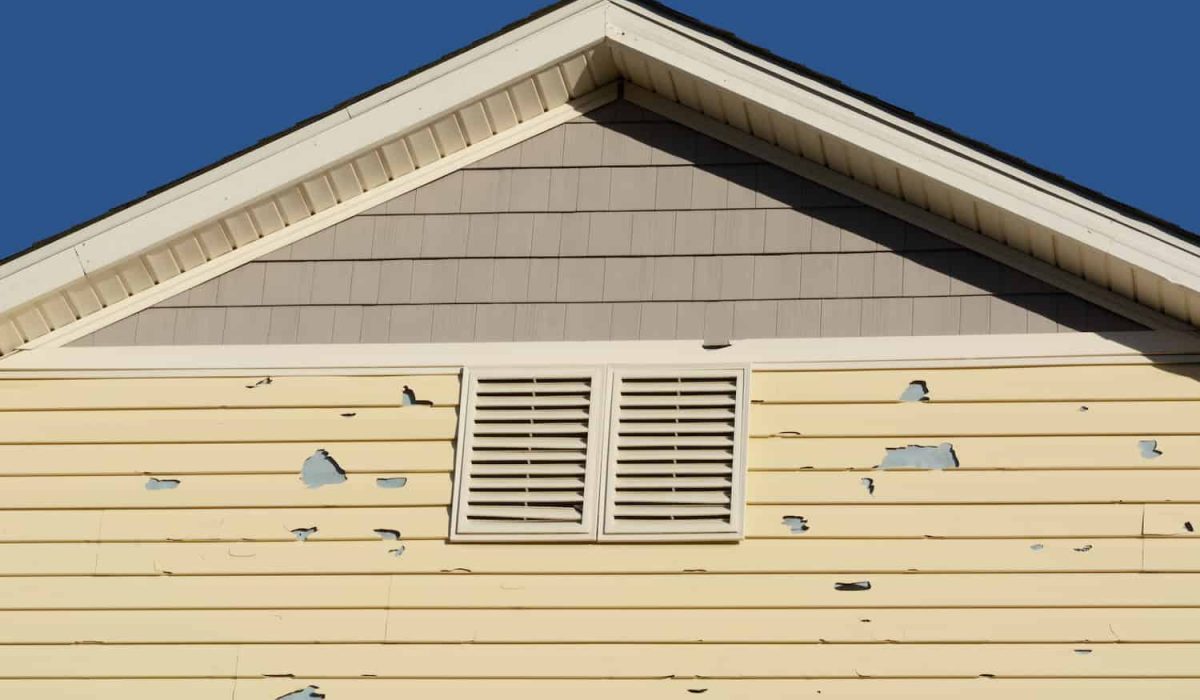How to Find Replacement Vinyl Siding: Tips and Tricks for Homeowners
Replacing your home’s vinyl siding can be a smart investment that enhances both the appearance and protection of your home. This guide will help you understand the key steps to finding the right siding for your home. Working with experienced Miami roofing contractors can provide valuable insights, as they often handle siding projects in conjunction with roofing work. You’ll learn about different siding types, color choices, material quality, costs, and installation basics. These tips will help you make smart decisions and get the best results for your siding replacement project.
Types of Vinyl Siding
Vinyl siding is available in several styles to complement various home designs. You can choose from horizontal panels, vertical panels, shakes, shingles, and scallops. Each style creates a distinct look and complements certain house types. The thickness of vinyl siding also matters – thicker panels last longer and provide better insulation. You’ll also find various textures, ranging from smooth finishes to wood grain patterns that resemble real wood. Understanding these options helps you pick the right style that matches your home’s design and your personal taste.
Choosing the Right Color
Choosing the right color for your new siding is crucial because it significantly impacts the appearance of your home. Consider your house style, yard, and the colors used by other homes in your neighborhood. Light colors make houses appear larger, while dark colors can conceal dirt more effectively and appear more elegant. Consider your local weather as well – some colors absorb more heat than others, which can impact your energy bills. Choose a color you’ll like for many years since siding lasts a long time and trends change often.
Siding Material Quality
The quality of your siding material determines not only how long it will last but also how well it looks over time. When checking siding quality, look at these important points:
- Material Composition: Make sure the siding uses high-quality vinyl with special additives for strength and weather protection
- Thickness: Pick thicker siding panels because they’re stronger and less likely to get damaged
- UV Protection: Choose siding with coatings that protect against sun damage and color fading
- Warranty: Look for siding that comes with good warranties to protect your investment
Cost Considerations
Siding costs can vary significantly depending on the type you choose. Higher-quality siding costs more upfront but often saves money over time because it lasts longer and needs less maintenance. The price depends on the material quality, thickness, style, and brand you pick. Obtaining quotes from multiple contractors enables you to compare prices and identify the best deal. Remember to think about long-term value, not just the cheapest option. Properly installed siding can save you money on repairs later.
Installation Process Overview
Understanding how siding installation works helps you prepare for your project. Here’s what typically happens:
- Preparation: Workers clear the area around your house, remove old siding, and check the walls underneath
- Measurement: They carefully measure your walls to figure out how much new siding you need
- Installation: The team starts with trim pieces, adds starter strips, and then puts up the siding panels
- Finishing Touches: They complete the job by adding corner pieces and trim for a clean, finished look.
Knowing these steps helps you understand what to expect during your siding replacement.
Maintenance and Longevity
Taking care of your vinyl siding helps it last longer and maintain its appearance. Inspect your siding regularly for cracks, warping, or color changes that may indicate potential problems. Clean it once a year with mild soap and water using a soft brush or cloth. Keep trees and bushes trimmed back so they don’t scratch or damage the siding. Use caulk to seal around windows, doors, and corners to prevent water from getting behind the siding. Simple maintenance like this keeps your siding looking good and protects your home for many years to come.
Related Topics:


2 Comments
Comments are closed.